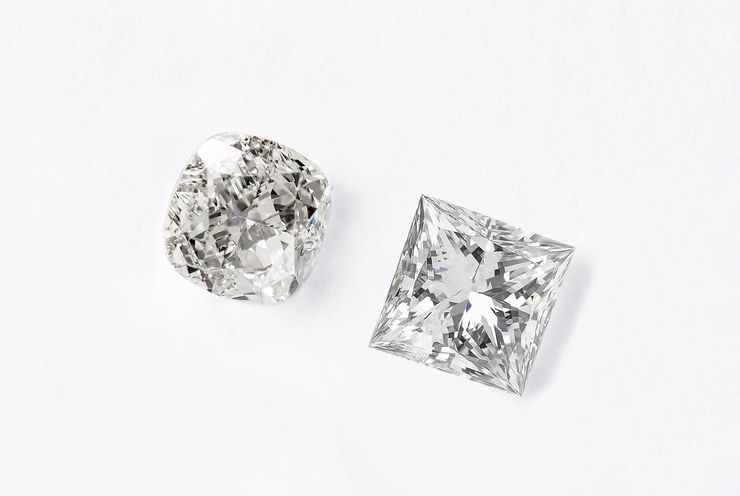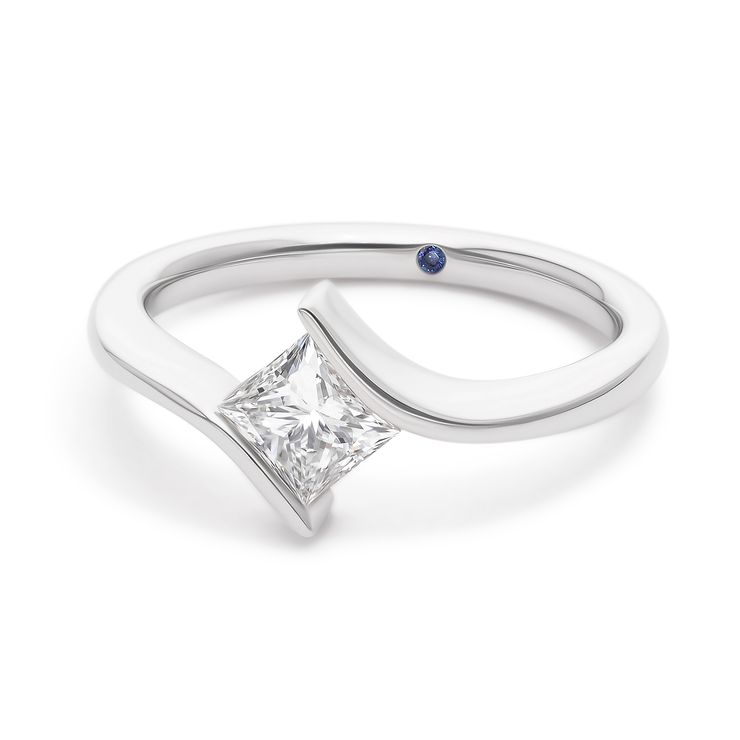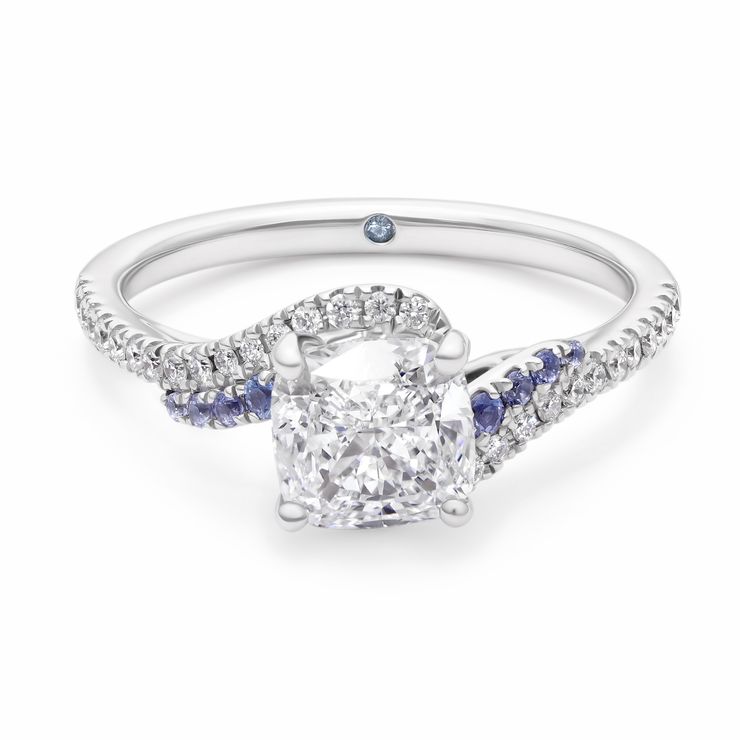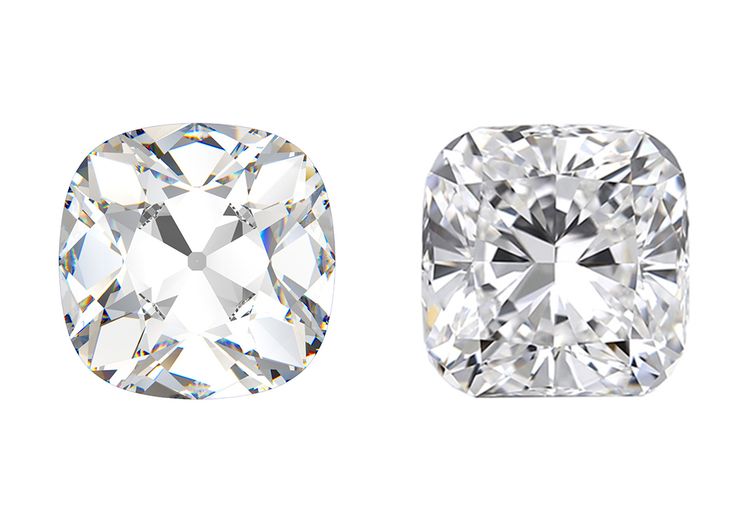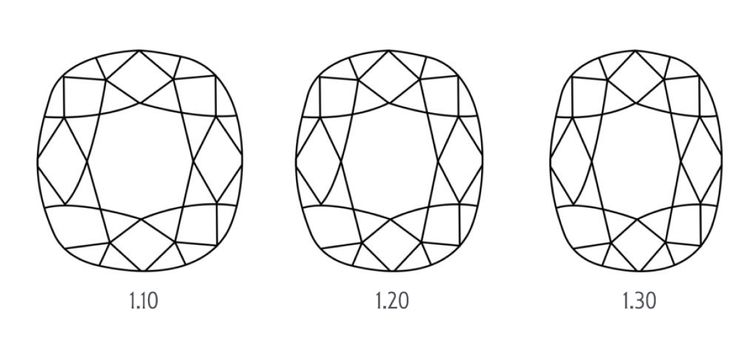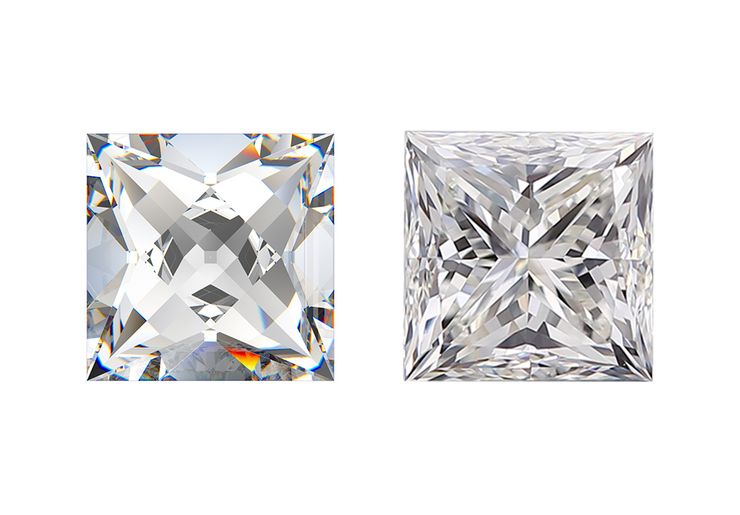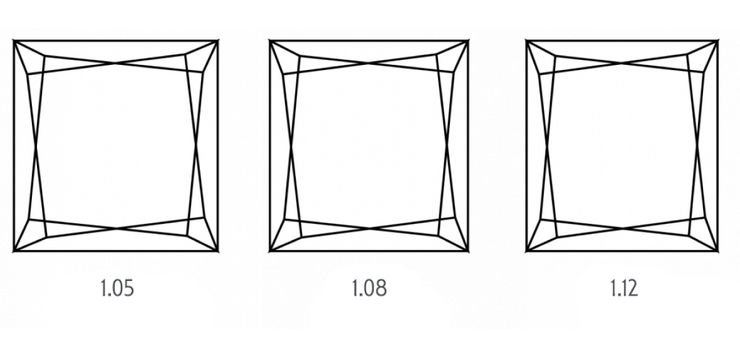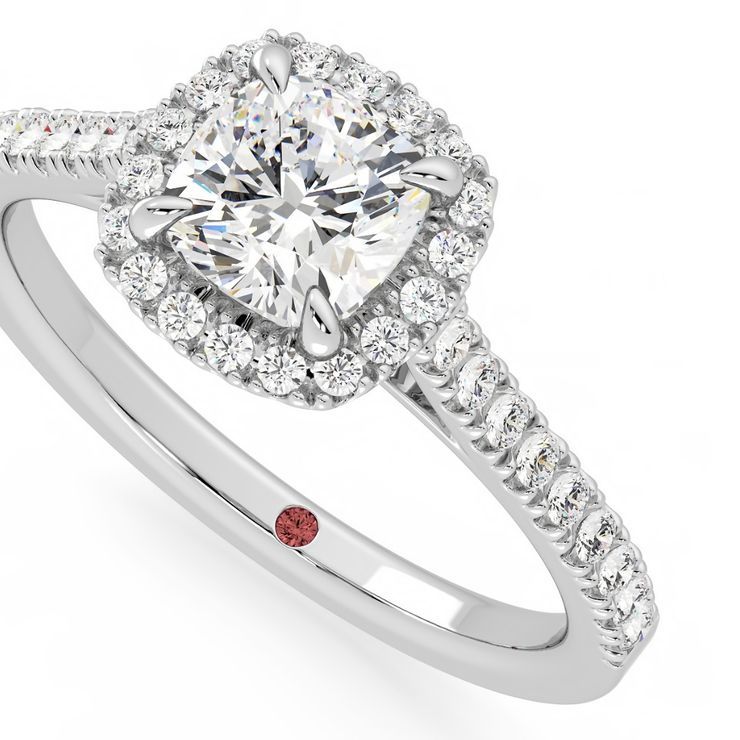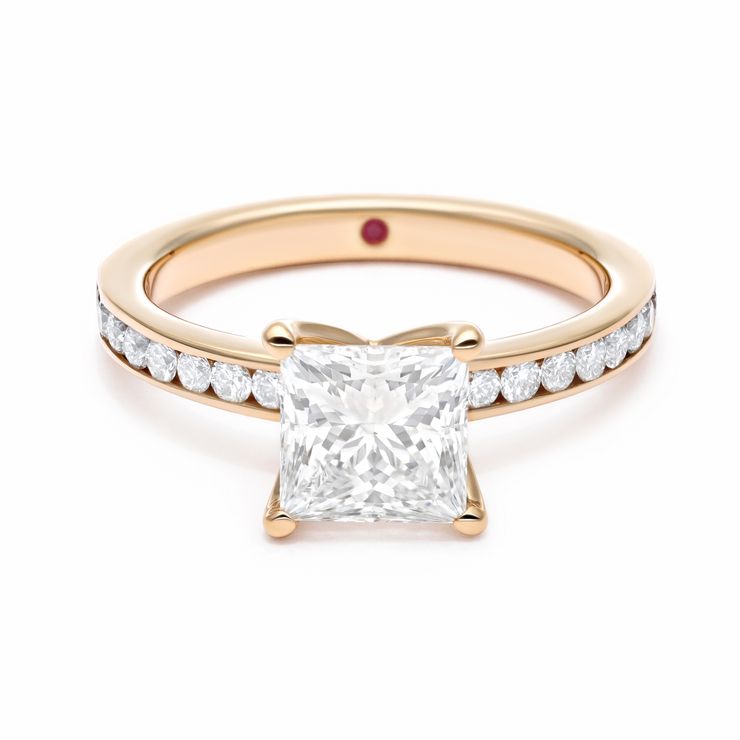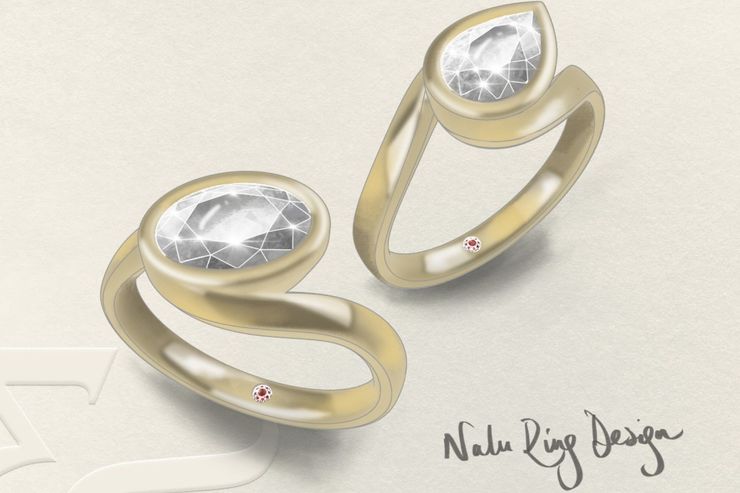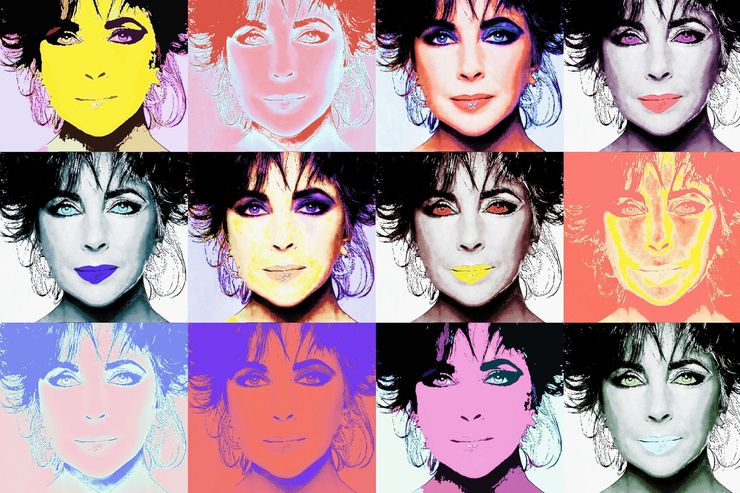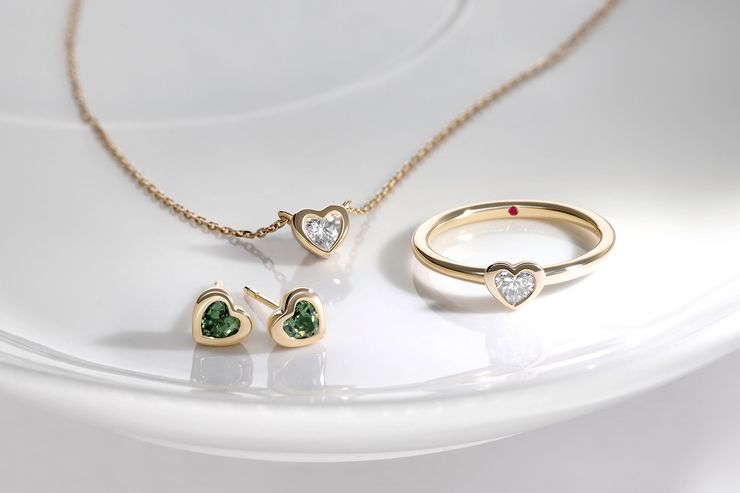When choosing a diamond engagement ring, the shape of the diamond often takes centre stage. The diamond shape is often where the design journey begins–the entire structure of the ring band is created to compliment the centre stone. Choosing the right diamond to reflect you or your partner’s tastes is important, and a very exciting part of the process of creating a diamond engagement ring!
Throughout history, the evolution of diamond cuts has given us an extraordinary array of shapes to choose from. From the simple single cut developed in the 15th century, to the modern round brilliant cut diamond of today, diamonds come in all shapes and sizes. To this day, the most popular diamond shape is still the round cut, due to its iconic status. However, more couples are now catching on to the beauty and elegance of fancy diamond shapes.
People are always looking for ways to express their individuality, opting for something unique when designing an engagement ring. The strong, yet soft nature of both the princess-cut diamond and the cushion-cut diamond offers a contemporary, chic look. We explore the nature of both the princess cut and the cushion cut, and see how both cuts compare. Both diamond cuts are incredibly beautiful, but carry unique characteristics that may better suit someone’s style or personality!

